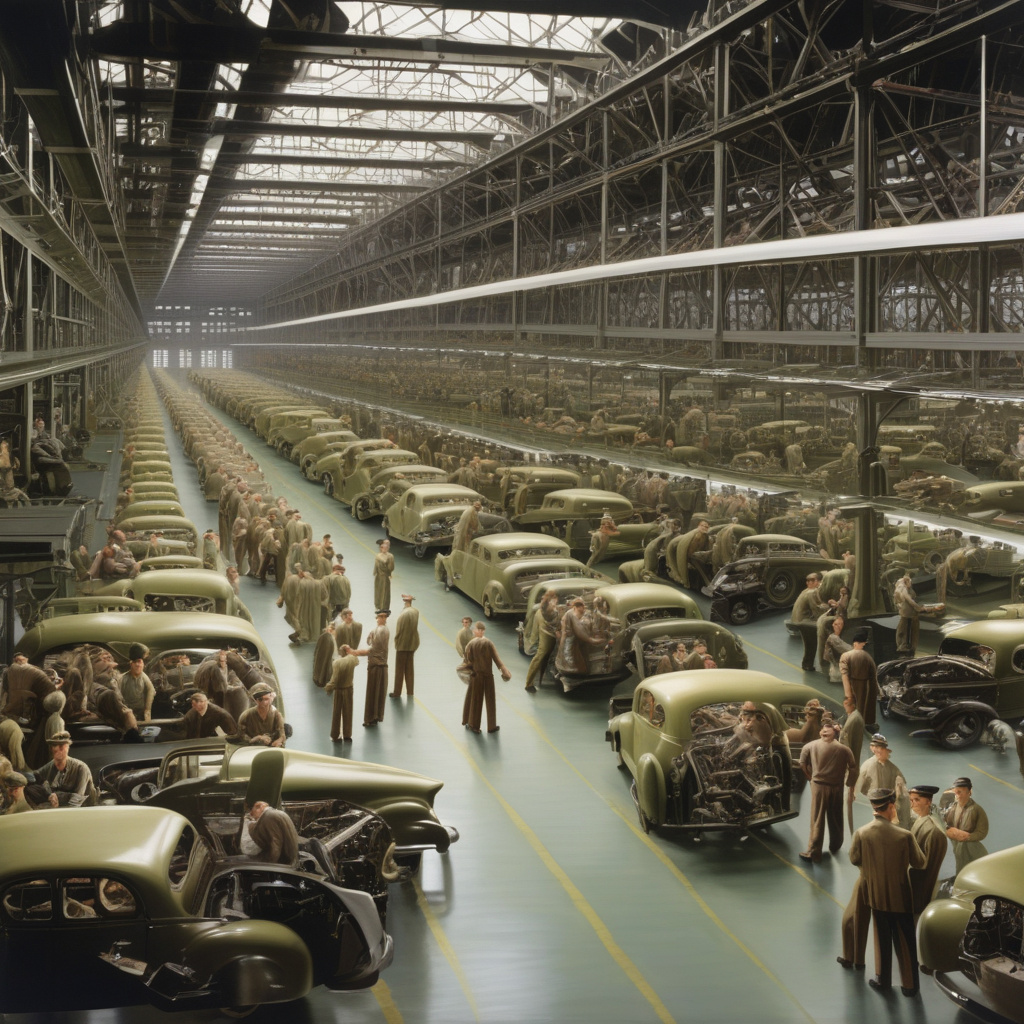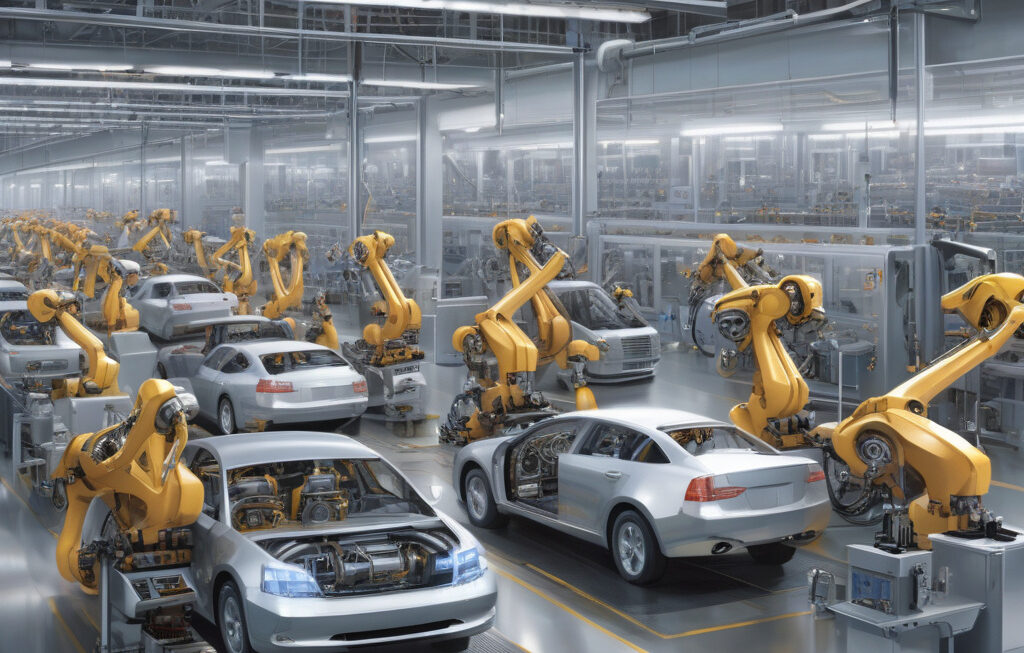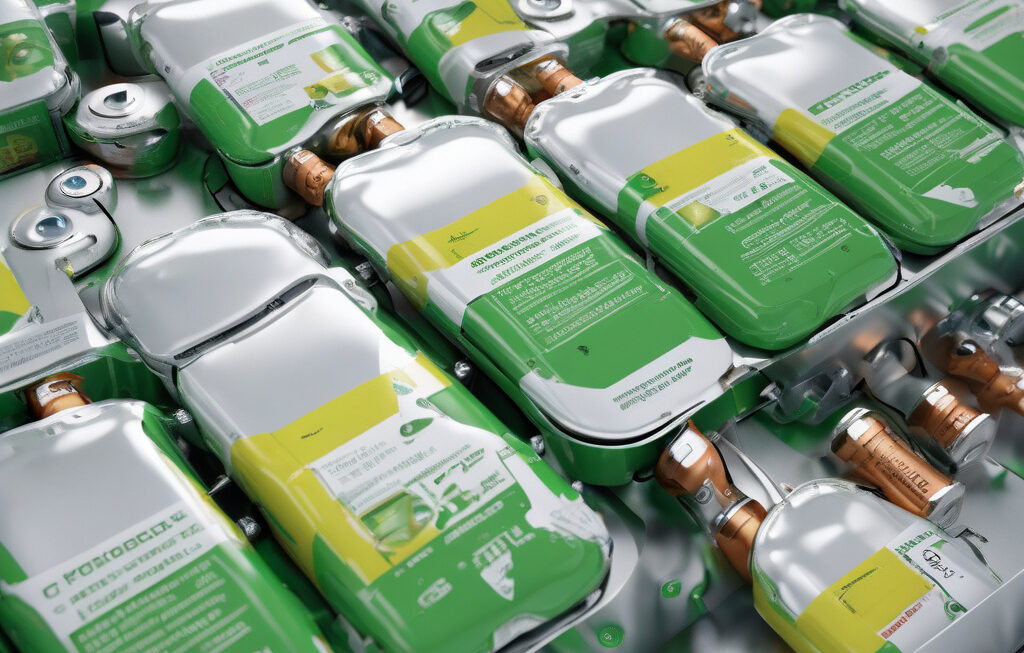The Transformation of Ford’s Willow Run Factory: From Car Assembly Lines to Bombers Built by the Hour
By the late 1930s, the United States was unprepared for the scale of airpower and the demand for aircraft production that would arise during World War II. In response to this urgent need, Ford Motor Company made a significant pivot that would forever change the course of history – transforming its Willow Run factory from producing automobiles to manufacturing B-24 Liberator bombers on a mass scale.
Located near Detroit, Michigan, the Willow Run plant was initially designed by Ford to manufacture Ford Motor Company’s new line of aircraft engines. However, as the war escalated and the need for bombers grew exponentially, the U.S. government approached Ford with a bold proposition – to repurpose the facility for the production of B-24 bombers.
This marked the beginning of a groundbreaking initiative that would see car assembly lines transition into aircraft production lines, with a focus on efficiency, speed, and precision. Ford’s innovative approach to mass production, famously pioneered by Henry Ford with the introduction of the moving assembly line for automobiles, was now being applied to the manufacturing of bombers.
One of the key innovations implemented at the Willow Run factory was the concept of building bombers by the hour. This revolutionary idea involved breaking down the production process into smaller, more manageable tasks that could be completed within a set timeframe. As a result, the factory was able to churn out B-24 bombers at an unprecedented rate, with a new plane rolling off the assembly line every hour.
Ford’s adaptation of car manufacturing techniques to aircraft production had a profound impact on the war effort. The Willow Run plant became a symbol of American industrial might, showcasing the country’s ability to mobilize resources and innovation on a massive scale. By the end of the war, the factory had produced over 8,600 B-24 bombers, playing a crucial role in securing victory for the Allies.
The success of the Willow Run factory highlighted the power of innovation and adaptability in times of crisis. Ford’s willingness to embrace change and leverage its expertise in mass production not only contributed to the war effort but also set a new standard for manufacturing efficiency and productivity.
Today, the legacy of Ford’s Willow Run factory serves as a testament to the ingenuity and resilience of the American manufacturing industry. It stands as a reminder of what can be achieved when companies are willing to think outside the box and embrace new challenges with creativity and determination.
In conclusion, the transformation of Ford’s Willow Run factory from car assembly lines to bombers built by the hour exemplifies the remarkable capabilities of American industry during World War II. By harnessing the power of innovation and applying proven manufacturing techniques to a new context, Ford played a vital role in shaping the course of history and securing victory in a time of great adversity.
Ford, Willow Run, Factory, Bombers, Innovation










